What lies behind wall paint: Bekament interior
Modern life involves spending extended periods indoors, which can significantly impact our productivity and mood. If you want the environment where you live and spend most of your time to radiate warmth and comfort, it's essential to understand what lies behind wall paint. Right from the start, we will reveal that colors carry an energy that reflects on the living space, and to harness this energy in the right way, it is crucial to adequately prepare the walls and turn them into perfect canvases for projecting our desires and expressing our emotions. .
Bekament INTERIOR
If you’ve decided to embrace change this spring, follow us and find inspiration for creating your dream space. We have developed BEKAMENT INTERIOR, a comprehensive system solution that includes products for all stages of interior wall treatment: wall preparation products for plastering, cement-lime plaster, high-quality leveling compound (putty), and interior wall paints. Below, you will find an educational tutorial that explains the correct installation procedure for interior wall systems, as well as the products and tools used in the process. You will get acquainted with everything that lies behind the paint, that is, with the work processes commonly carried out by contractors—plastering and putty application. Additionally, you will have the opportunity to learn about those work phases that you can perform yourself, with a little imagination or the help of loved ones, which include substrate preparation, choosing, and correctly applying interior wall paint.
Paint your world on your own.
Considering the frequency and ease of application in the last two phases—priming and painting the walls—we want to delve deeper into this topic in the following text. In the previous blog, you can read about the meanings that certain shades held throughout historical periods and their symbolism in Feng Shui, and today we will discuss how the power of colors can inspire you to feel like a true artist in your own home, even if just for a few hours. Although we have already shared with you the trending colors for 2021, we want to remind you that the only truly correct choice is the one whispered by your inner voice. The power is in your hands, so don’t hesitate—express your emotions and imagination, and create an environment that reflects your needs. Only in this way will you feel comfortable and at ease in the atmosphere of your home. Today, we’re here to simply motivate you to embrace change.
Priming
Before applying wall paint, it is essential to first prime the surface to even out the wall's absorbency and improve the adhesion of the next layer, i.e., the paint. Bekament offers a wide range of products for different purposes, and you can find the items you need here. We recommend BK – Primer for Interior Walls, which is applied with a long-haired roller or by spraying. Before use, dilute it with water in a 1:9 ratio, then apply it in a single layer with gentle movements. The drying process takes 12 hours.
Choosing the right wall paint
The final step involves selecting the shade for the top coat. The Bekament Color Chart will help you easily choose a wall paint that suits your preferences. With the Bekament Mix System and professional staff at the point of sale, the exact shade you envision will be created. The dispersion paint for interior walls shown in the video refers to BK-Pol. This paint is characterized by good coverage and vapor permeability and is also resistant to dry wiping. Before use, the paint should be thoroughly mixed by adding 15-20% water. After that, you can proceed to the final phase of interior wall treatment. Apply the dispersion paint in two thin coats on a dry and clean surface using a roller or brush. We recommend waiting 4 to 6 hours between coats to allow for drying. In our assortment, you can also find other high-quality interior wall paints, such as BK-Gold, BK-Crystal, and BK-Delux Semi Matt , each tailored to meet different needs. Be inspired by life, stay motivated, empowered by the need for action, and encouraged by the examples of those who have already recognized the power of colors. 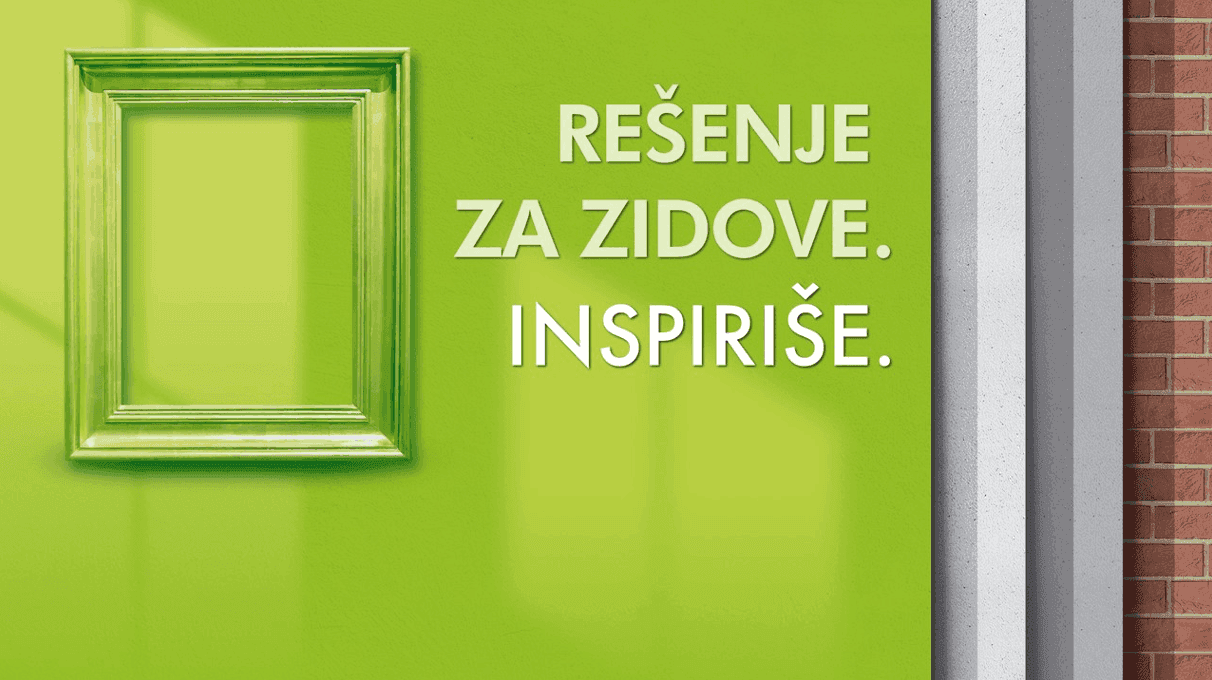 Join us on social media—Facebook / Instagram—and share with us how your wall paint project turned out. Did you like this article? Share it with your friends.
Join us on social media—Facebook / Instagram—and share with us how your wall paint project turned out. Did you like this article? Share it with your friends.
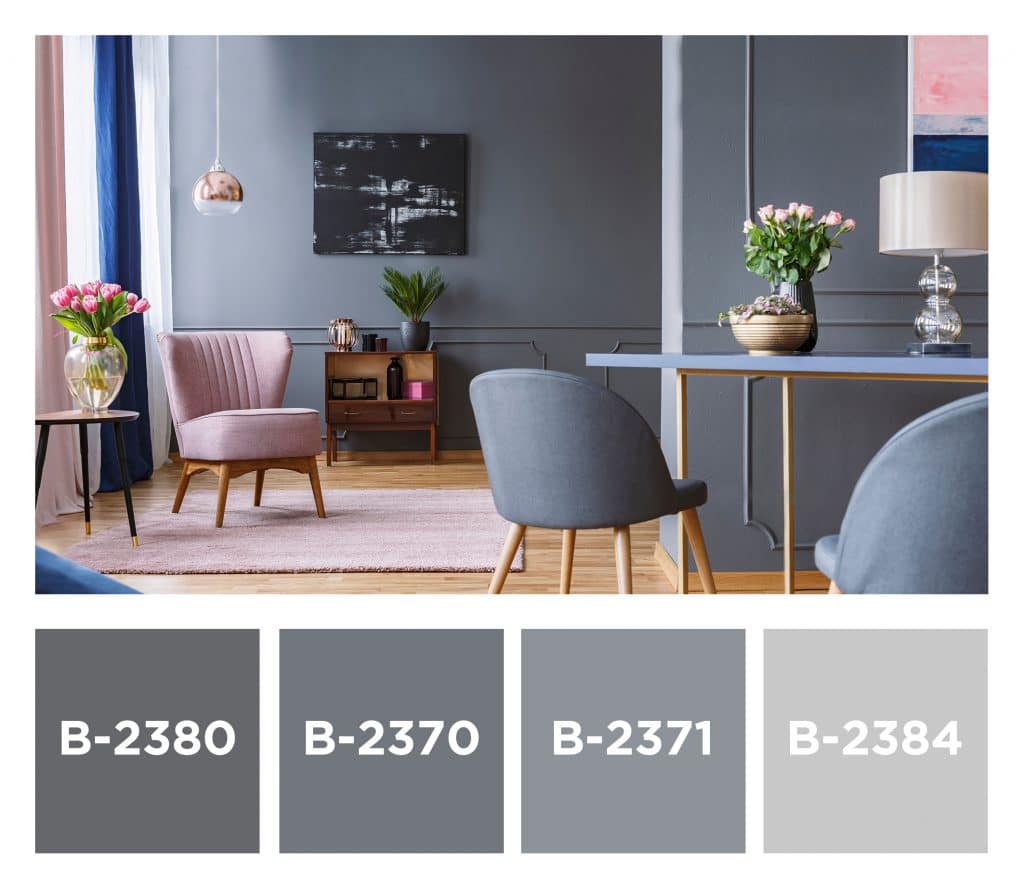 You can make the largest room in the space more pleasant and intimate if you use warmer shades, such as brown or yellow. On the other hand, for the purpose of visually enlarging smaller rooms, it is recommended to use cooler shades such as blue, green or purple. Narrow and long spaces can be made bigger and wider if you choose a lighter tone for longer, and a slightly darker shade for shorter wall surfaces.
You can make the largest room in the space more pleasant and intimate if you use warmer shades, such as brown or yellow. On the other hand, for the purpose of visually enlarging smaller rooms, it is recommended to use cooler shades such as blue, green or purple. Narrow and long spaces can be made bigger and wider if you choose a lighter tone for longer, and a slightly darker shade for shorter wall surfaces. 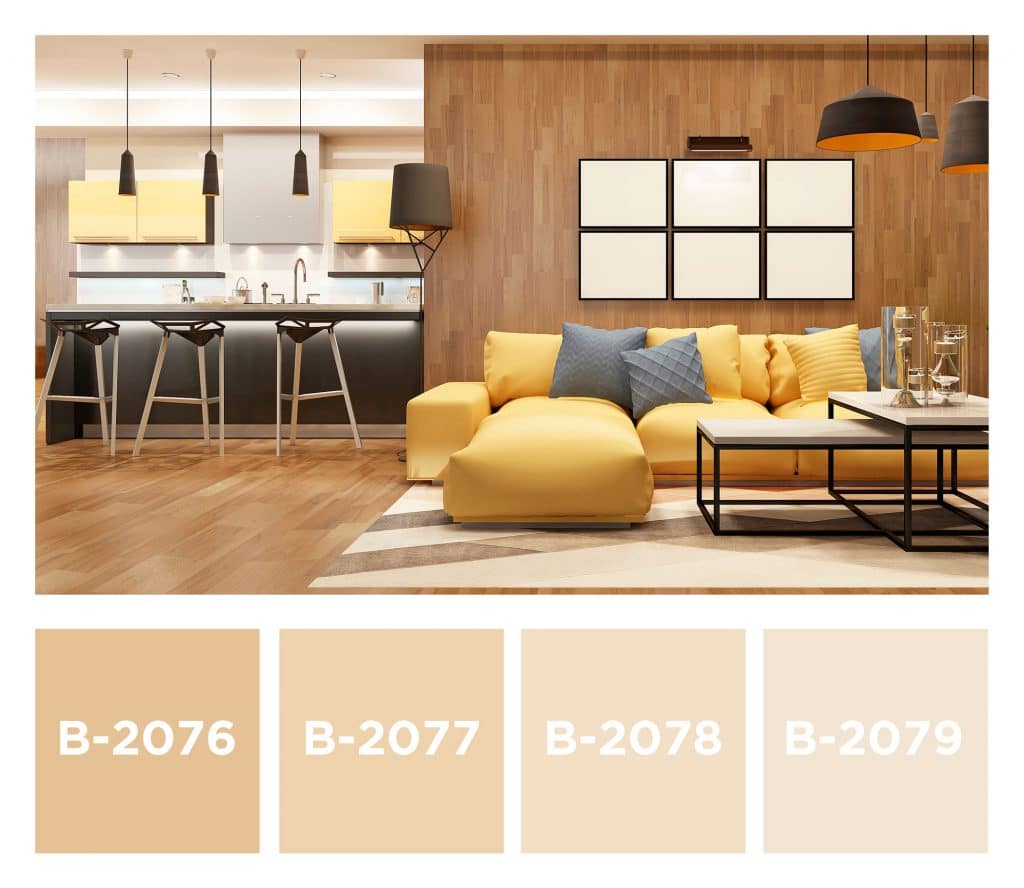 A well-lit area is noticed immediately upon entering it. When choosing a color for the walls, pay attention to the amount of natural light, or the orientation of the room in relation to the light source. As the position of the sun changes during the day, the color of your room will also change in relation to the amount of light that reaches it. Rooms facing north have a cool and bluish light, and rooms facing south receive much more light and are most beautiful in warm colors. The eastern light is warm and yellow before noon, and later during the day it becomes bluish. The evening light in the rooms facing west is gentle and warm, while the morning light can create shadows that will make the interior an interesting place to stay.
A well-lit area is noticed immediately upon entering it. When choosing a color for the walls, pay attention to the amount of natural light, or the orientation of the room in relation to the light source. As the position of the sun changes during the day, the color of your room will also change in relation to the amount of light that reaches it. Rooms facing north have a cool and bluish light, and rooms facing south receive much more light and are most beautiful in warm colors. The eastern light is warm and yellow before noon, and later during the day it becomes bluish. The evening light in the rooms facing west is gentle and warm, while the morning light can create shadows that will make the interior an interesting place to stay. 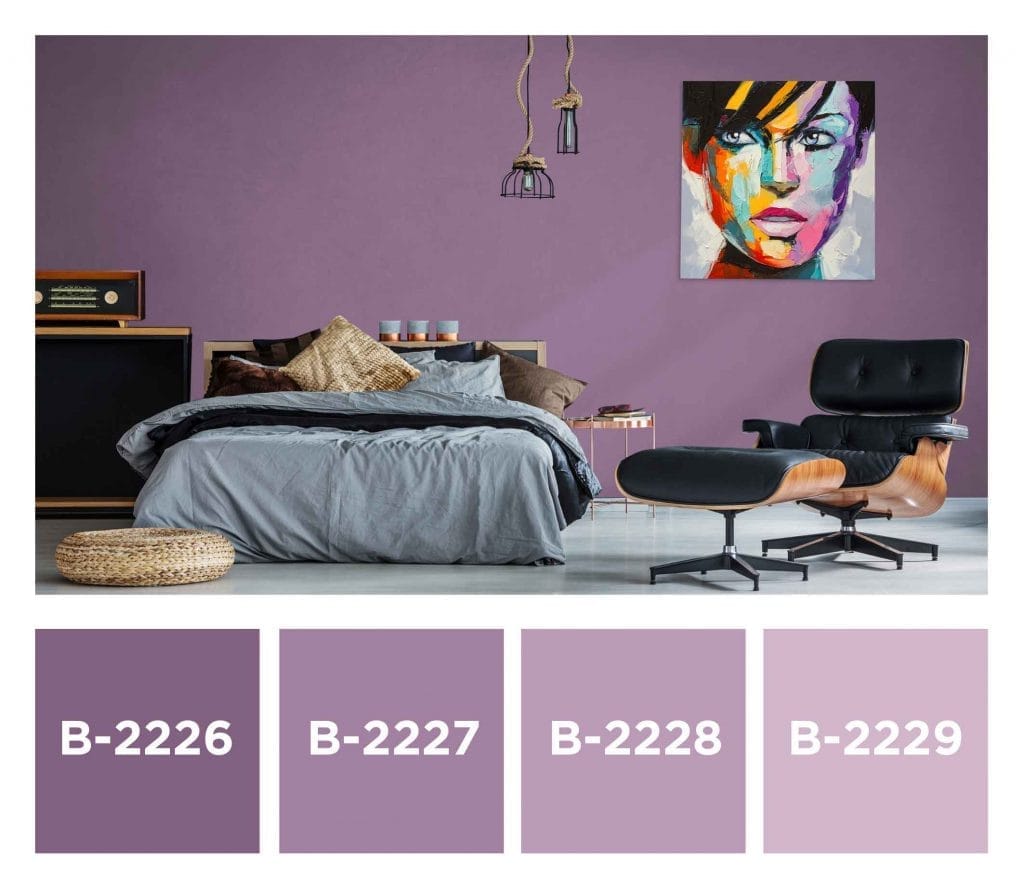 Gentle green is believed to relieve stress which makes it a great choice for the bedroom. Blue lowers blood pressure, slows breathing and pulse, while purple in lighter shades, such as lavender and lilac, contributes to a relaxing, warm effect.
Gentle green is believed to relieve stress which makes it a great choice for the bedroom. Blue lowers blood pressure, slows breathing and pulse, while purple in lighter shades, such as lavender and lilac, contributes to a relaxing, warm effect. 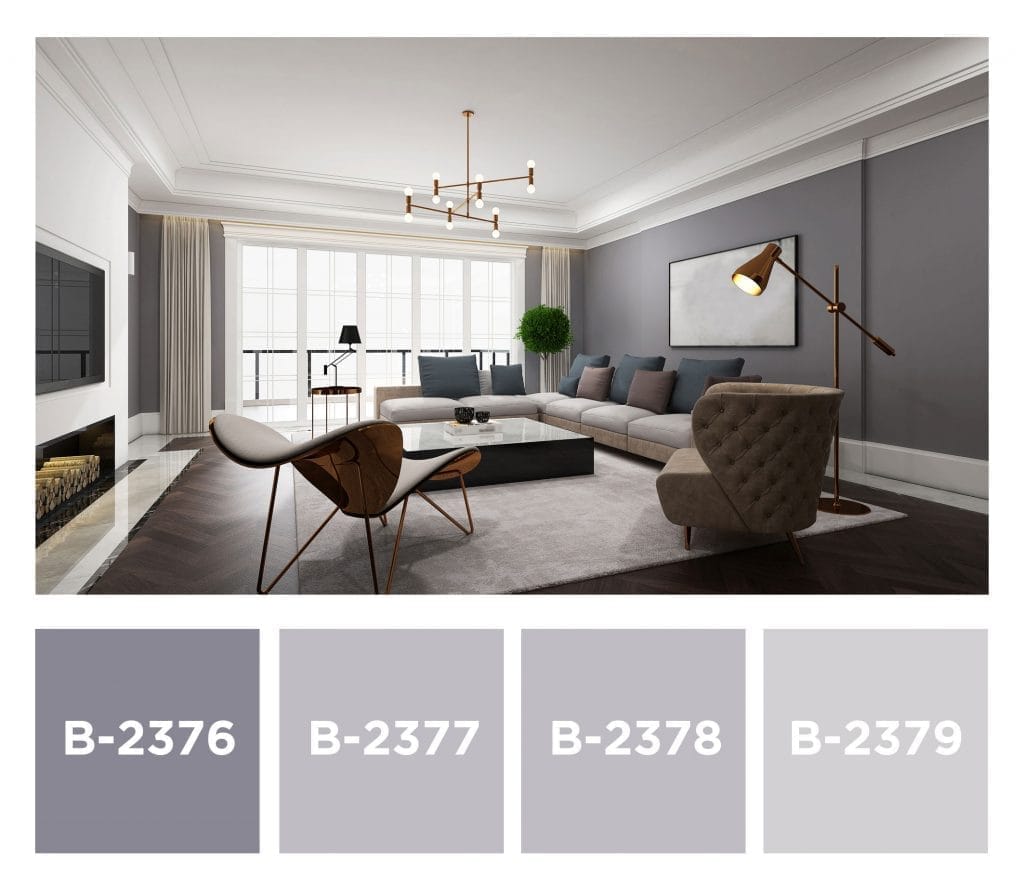
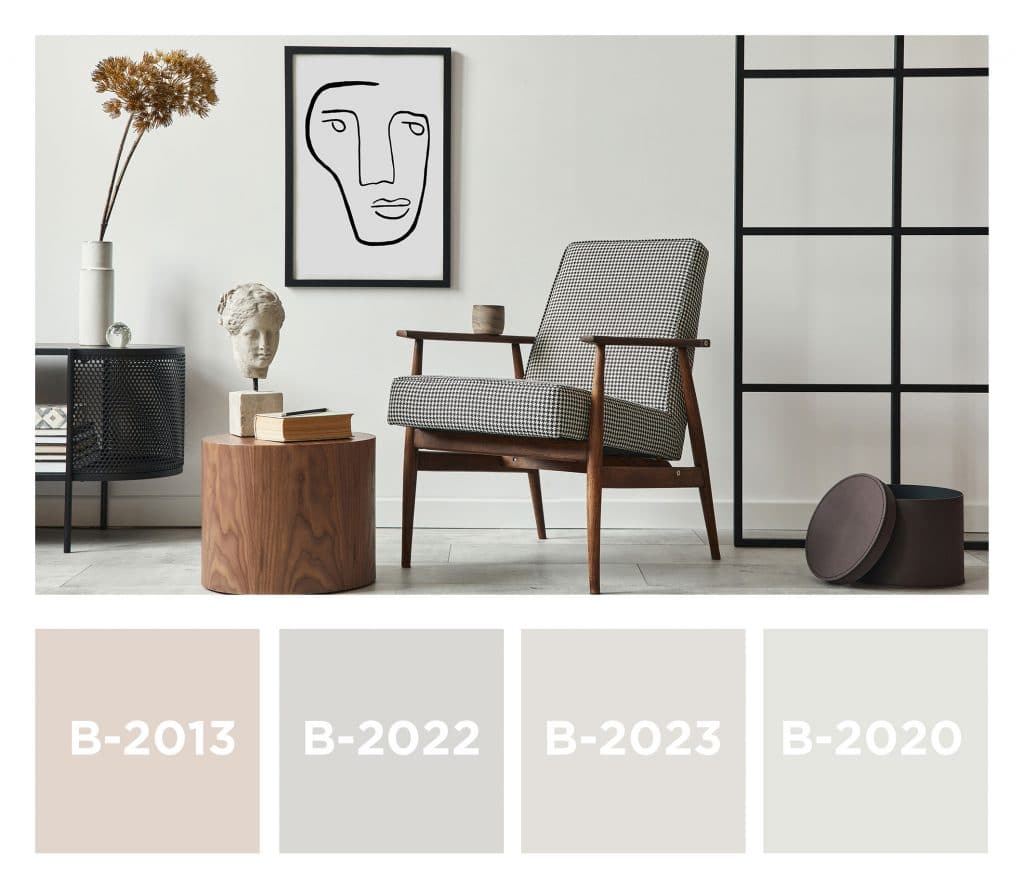
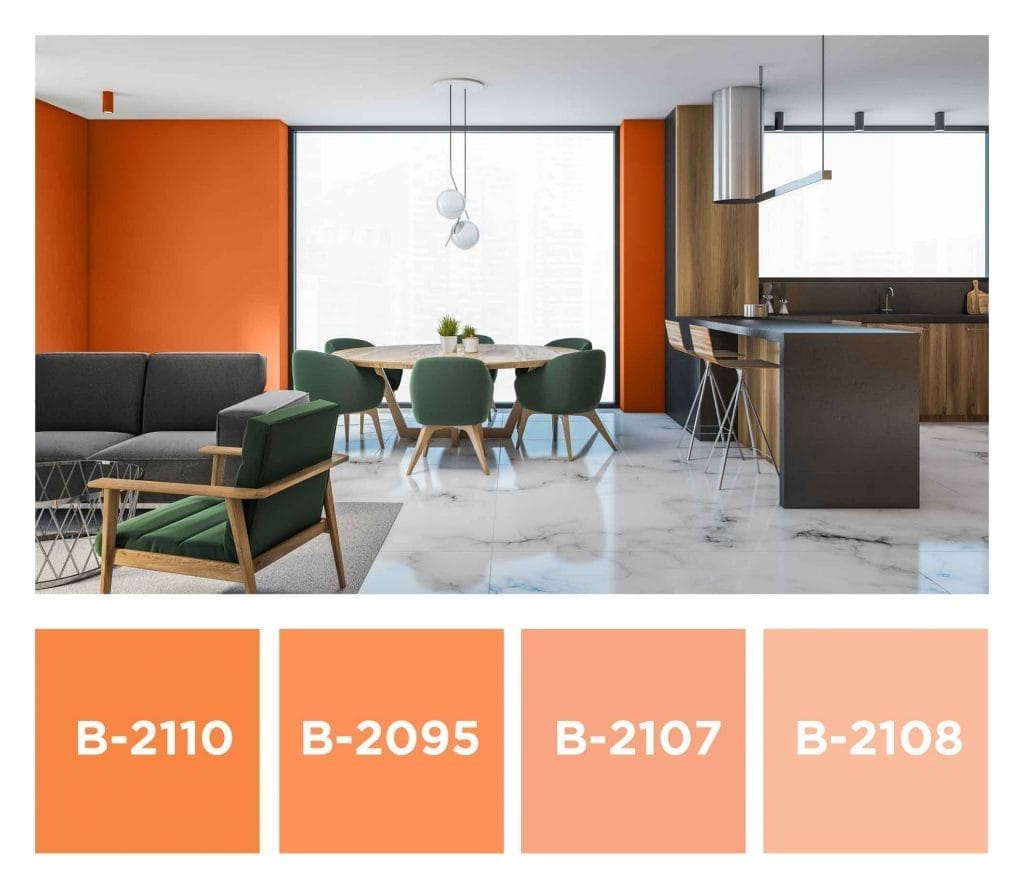 Choosing the right color combination for your kitchen and dining room will help stimulate creative energy, whether it’s for preparing or enjoying meals. Experience shows that warm neutrals and muted tones work best in the kitchen, as they create a sense of cleanliness and a pleasant atmosphere. However, by using a balanced combination of complementary colors, you can further enhance the aesthetics of this space and inspire culinary masterpieces. Yellow shades bring energy, green can make the space a comfortable place for socializing, while purple accents add an elegant and charming look. When considering the best wall color for the dining room, it is recommended to choose shades that, according to psychological research, stimulate appetite. Red and orange encourage appetite and, combined with good lighting, can boost energy levels and promote conversation. Due to the intensity of these colors, they should be used carefully and paired with other neutral colors or interior details. On the other hand, warm and lighter shades like yellow, coral, gold, or bronze will contribute to the room's cheerfulness and give the impression of increased brightness.
Choosing the right color combination for your kitchen and dining room will help stimulate creative energy, whether it’s for preparing or enjoying meals. Experience shows that warm neutrals and muted tones work best in the kitchen, as they create a sense of cleanliness and a pleasant atmosphere. However, by using a balanced combination of complementary colors, you can further enhance the aesthetics of this space and inspire culinary masterpieces. Yellow shades bring energy, green can make the space a comfortable place for socializing, while purple accents add an elegant and charming look. When considering the best wall color for the dining room, it is recommended to choose shades that, according to psychological research, stimulate appetite. Red and orange encourage appetite and, combined with good lighting, can boost energy levels and promote conversation. Due to the intensity of these colors, they should be used carefully and paired with other neutral colors or interior details. On the other hand, warm and lighter shades like yellow, coral, gold, or bronze will contribute to the room's cheerfulness and give the impression of increased brightness. 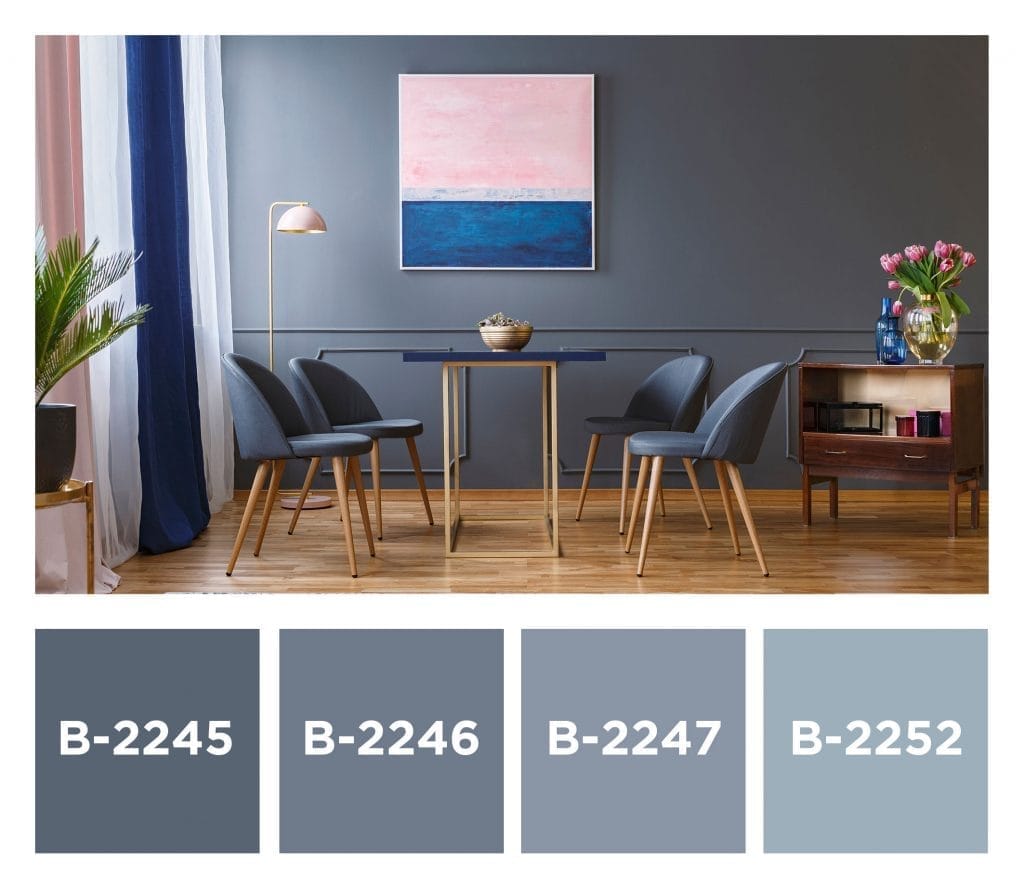 We invite you to share with us on our social media platforms,
We invite you to share with us on our social media platforms, 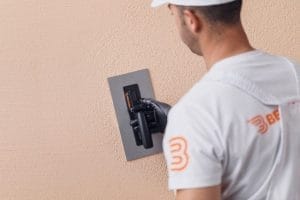
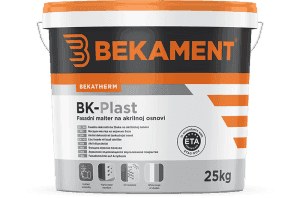
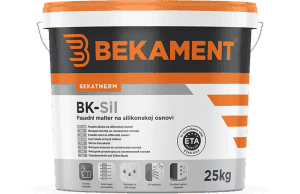
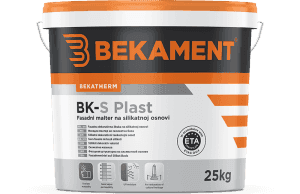
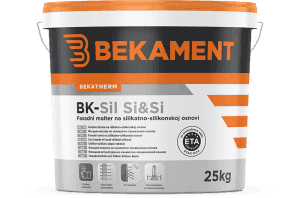
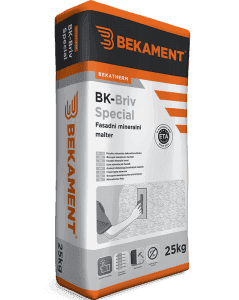

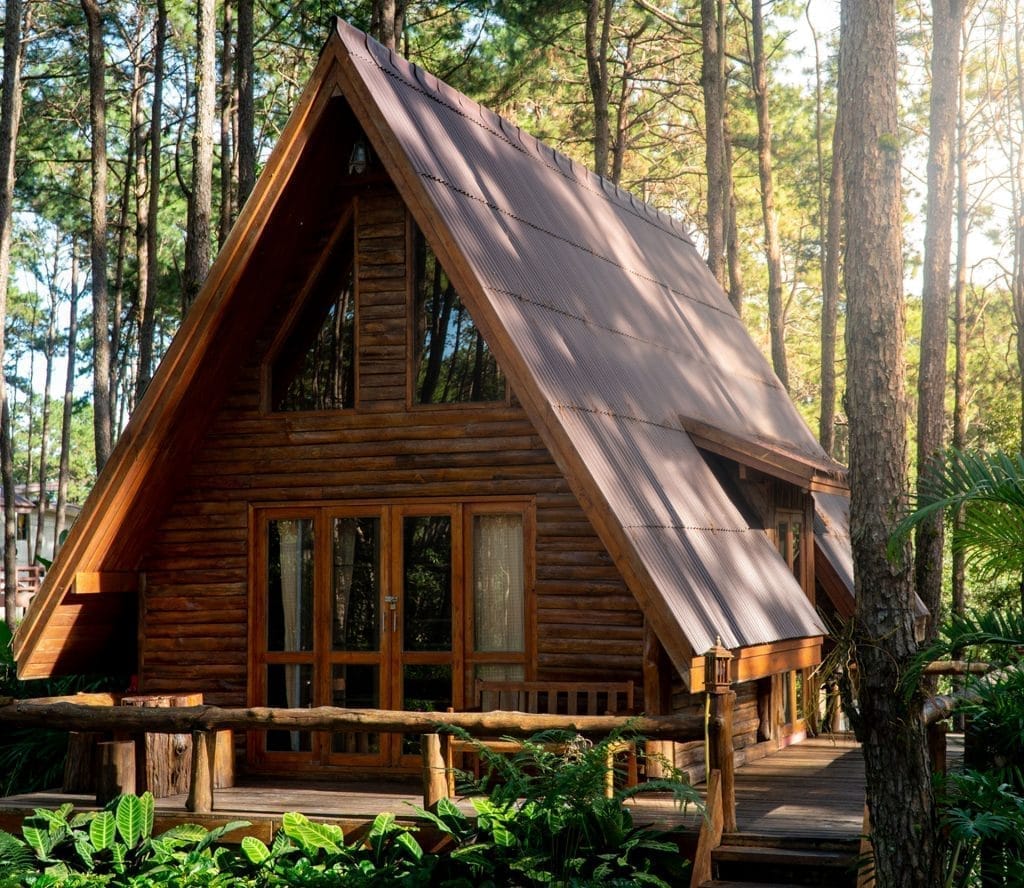

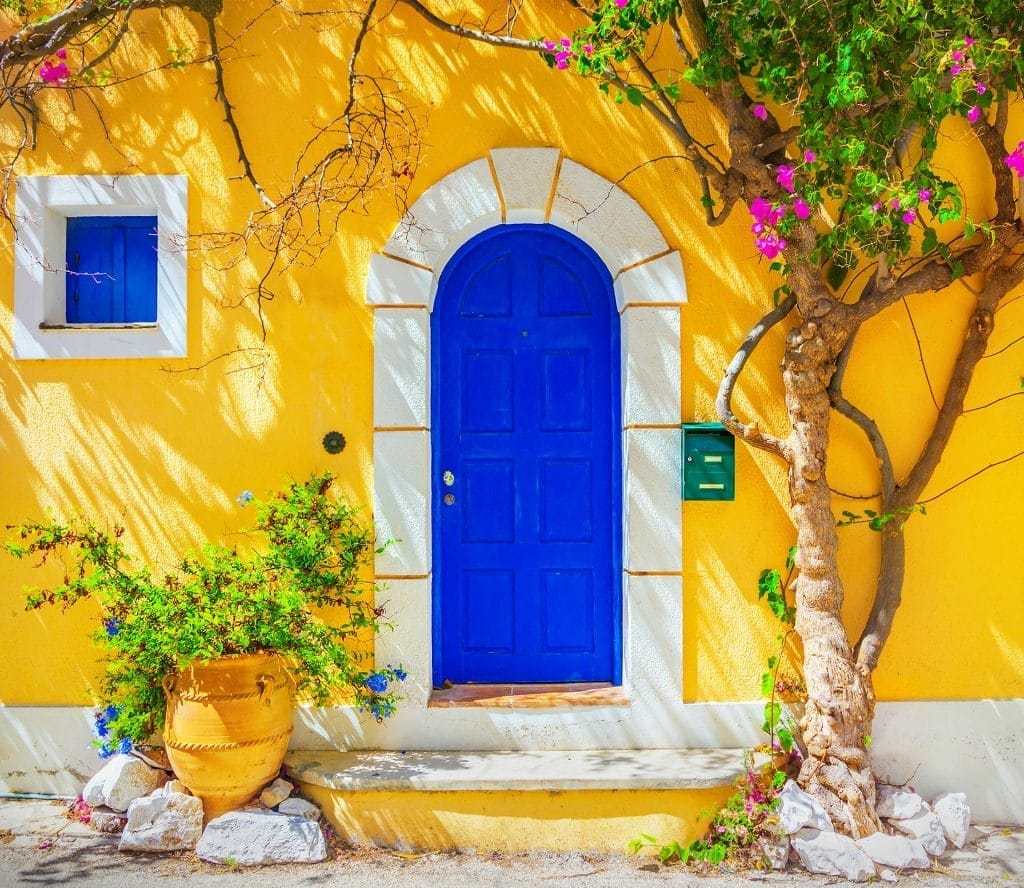

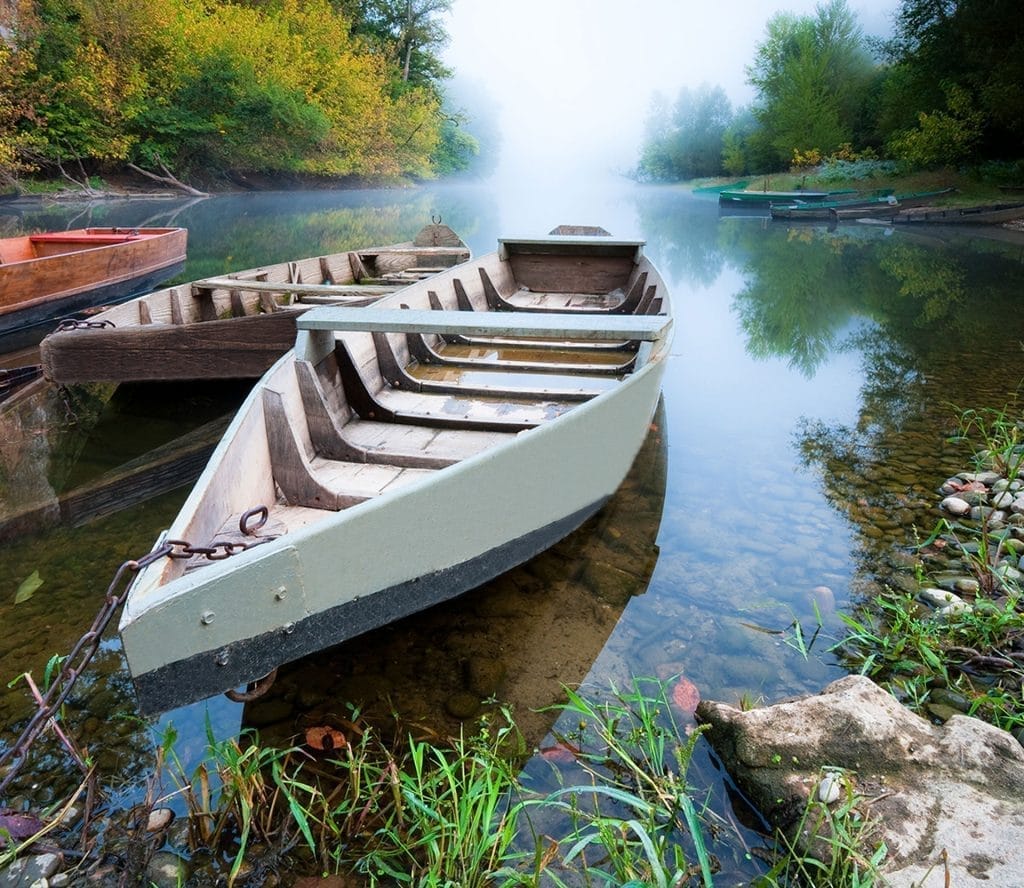 To preserve structures entirely made of wood, such as log cabins and prefabricated houses, and to ensure the longevity of wood, wooden surfaces, furniture, and joinery, proper and timely protection is crucial. Oil-based, nitro-based, or water-based coatings will significantly extend the lifespan of treated wood exposed to weather conditions and daily use. With high-quality and reliable products, you will enjoy your home and property for many years. We invite you to share on our social media channels,
To preserve structures entirely made of wood, such as log cabins and prefabricated houses, and to ensure the longevity of wood, wooden surfaces, furniture, and joinery, proper and timely protection is crucial. Oil-based, nitro-based, or water-based coatings will significantly extend the lifespan of treated wood exposed to weather conditions and daily use. With high-quality and reliable products, you will enjoy your home and property for many years. We invite you to share on our social media channels,